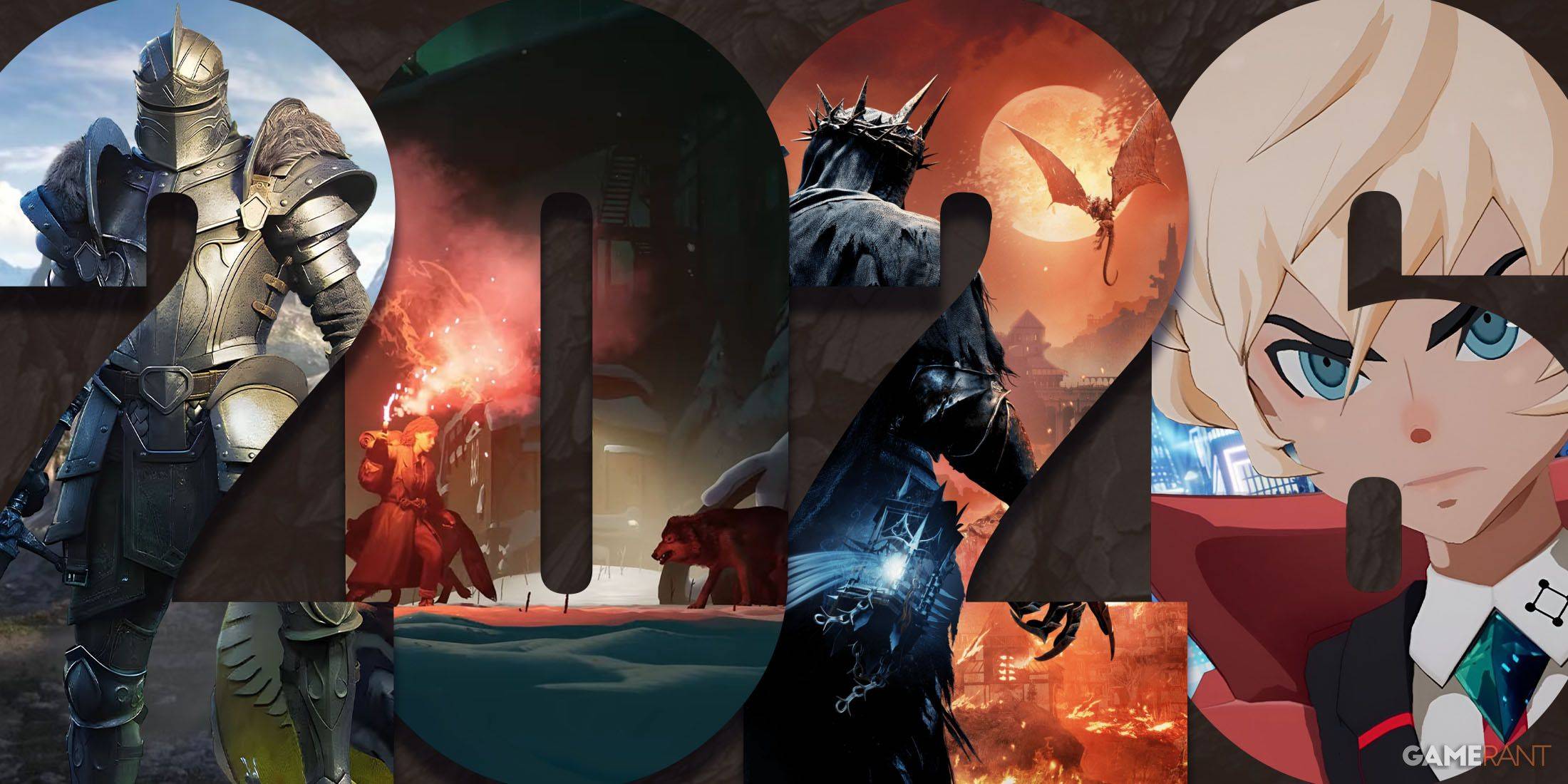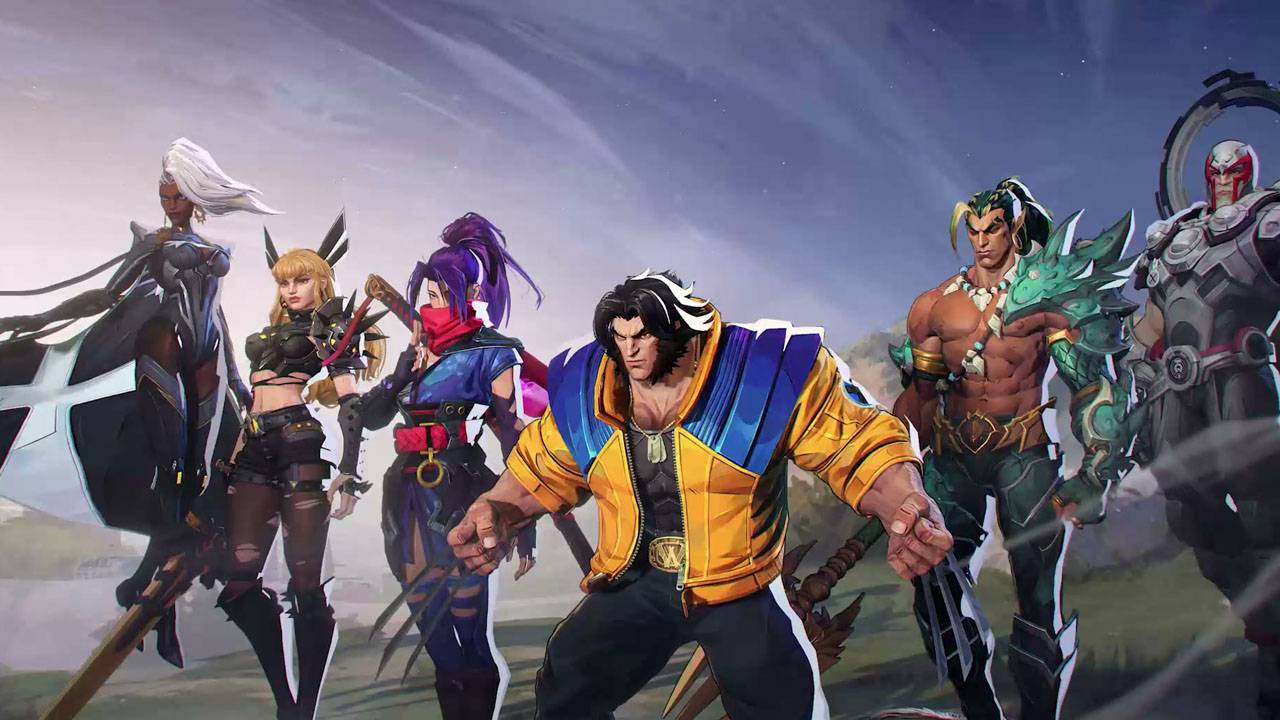Switch 2 Priced Lower Than Expected at Launch
When the Nintendo Switch 2 launched with a $450 USD price tag, it certainly raised eyebrows. After all, Nintendo has historically offered more budget-friendly consoles compared to its competitors. However, considering rising production costs, global economic factors like tariffs, and inflationary pressures, analysts had predicted a starting price of at least $400 USD—so the final number wasn’t entirely unexpected.
What came as a bigger surprise was the pricing of Switch 2 games. While many new titles are now aligning with the industry standard of $70 USD, some flagship games such as *Mario Kart World* retail for as much as $80 USD. When you factor in additional accessories needed to fully enjoy the Switch 2 experience, the total cost can quickly escalate into a significant investment.
But how does the Switch 2 compare when we look back at historical console prices from Nintendo? Adjusting for inflation, the picture becomes more nuanced—and perhaps a bit surprising.
Nintendo Switch 2 Price vs Previous Nintendo Consoles
NES (1985)
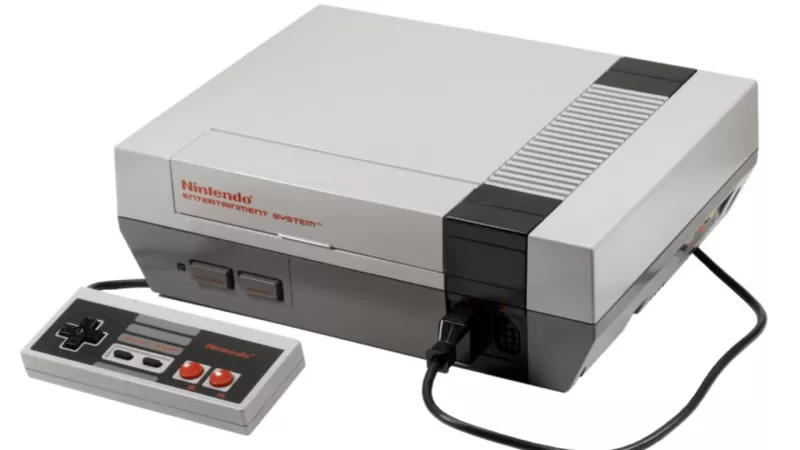
The NES launched at $179 USD in 1985. While that seems inexpensive by today’s standards, adjusted for inflation, it would equate to approximately $523 USD in 2025—making it the most expensive launch price in Nintendo's history when viewed through this lens.
SNES (1991)

The SNES debuted at $199 USD in 1991, which translates to around $460 USD today after adjusting for inflation. It offered a step forward in both technology and graphical fidelity.
Nintendo 64 (1996)

Priced at $199 USD at launch, the Nintendo 64 would cost about $400 USD in 2025 dollars. This marked Nintendo's bold move into 3D gaming and remains a classic among retro enthusiasts.
GameCube (2001)
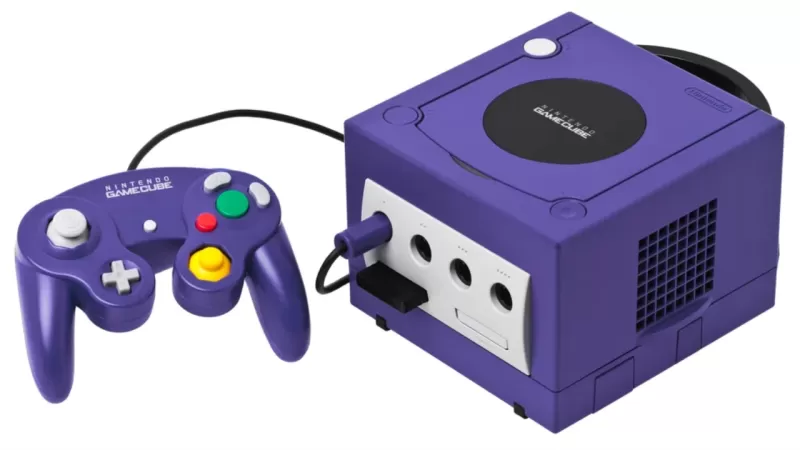
The GameCube launched at $199 USD in 2001, equivalent to roughly $359 USD in today’s money. Its library continues to be celebrated, and many of its titles will be accessible on the Switch 2 via Nintendo Switch Online.
Wii (2006)
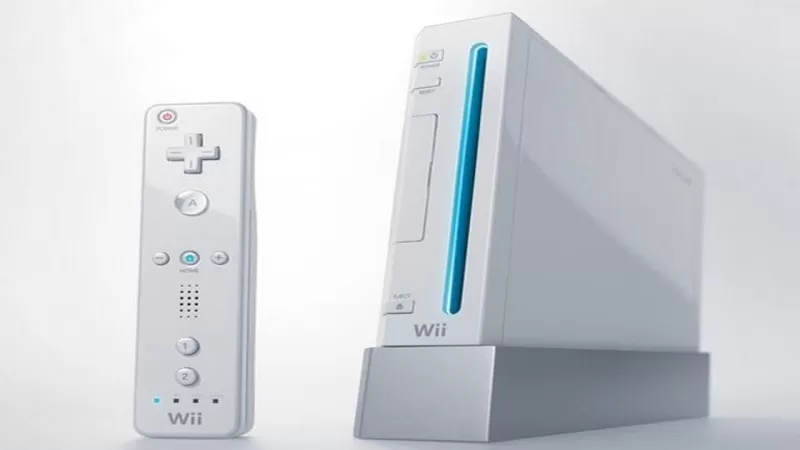
The motion-controlled Wii made waves at $249 USD in 2006, or about $394 USD when adjusted for inflation. It became one of Nintendo’s most successful and widely adopted consoles.
Wii U (2012)
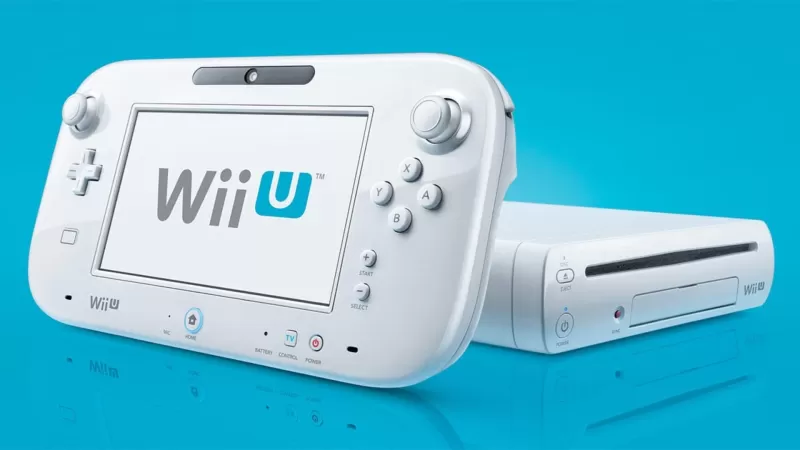
The Wii U launched at $299 USD in 2012, which equals around $415 USD today. Despite being less commercially successful than expected, it laid groundwork for hybrid gameplay concepts later embraced by the Switch.
Nintendo Switch (2017)
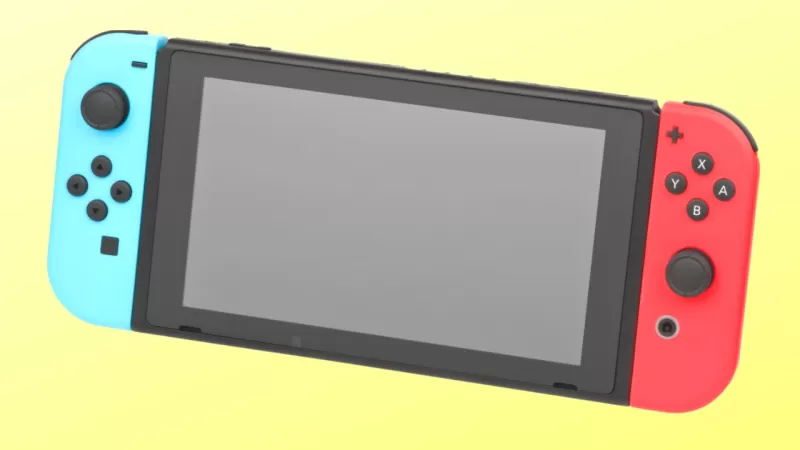
The original Switch hit shelves at $299 USD in 2017, translating to about $387 USD in 2025. It went on to become one of Nintendo’s most beloved and commercially successful consoles to date—still slightly cheaper than the upcoming Switch 2, set to release on June 5.
So while the original NES holds the title for the most expensive Nintendo console when adjusted for inflation, the Switch 2’s $450 USD price point is still a tough pill to swallow for many fans.
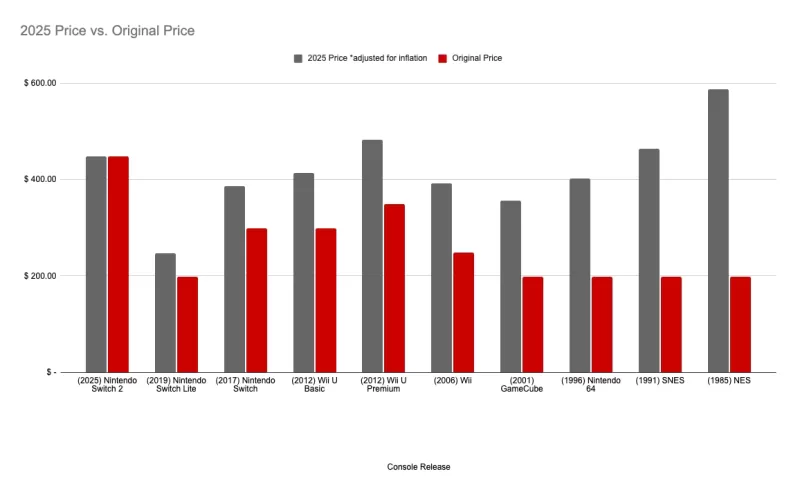
But What About the Games?
While analysts largely anticipated the Switch 2’s hardware pricing, the increase in software costs caught many off guard. Flagship titles like *Mario Kart World* are priced at $80 USD, while others such as *Donkey Kong Bananza* retail for $70 USD ($65 digitally).
Comparing these figures to older cartridges isn’t straightforward, as game prices in the NES era varied significantly. For example, an NES game in the early 1990s could range from $34 to $45 USD, which translates to between $98 and $130 USD today—still higher than the current price of *Mario Kart World*. That said, there are concerns that game prices may continue to rise in the coming years.
The Switch 2 places itself firmly at the upper end of Nintendo’s historical pricing spectrum, only surpassed by the NES and SNES when factoring in inflation. External factors such as manufacturing costs and regional economics also play a role—evidenced by Nintendo offering a region-locked version of the Switch 2 in Japan at 49,980 JPY (~$340 USD), significantly lower than the global MSRP.
How the Switch 2 Compares to Other Consoles
To better understand where the Switch 2 stands in the broader console market, let’s compare its price against other notable systems when they first launched:
PlayStation 2 (2000)
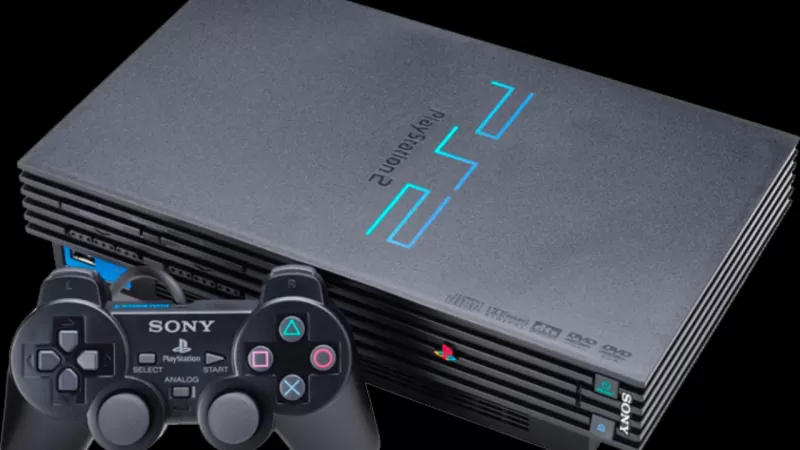
The PS2, the best-selling console of all time, launched at $299 USD in 2000. Adjusted for inflation, that would equal about $565 USD today—making it far more expensive than the Switch 2 in real terms.
Xbox 360 (2005)
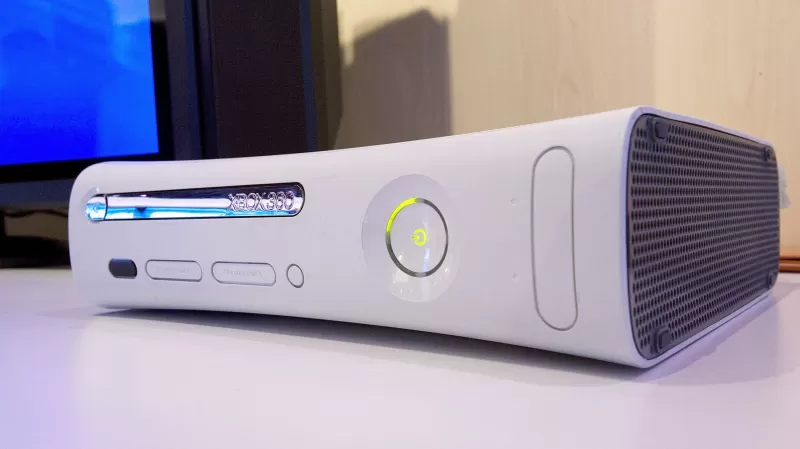
Microsoft’s Xbox 360 debuted at $299 USD in 2005, which equals roughly $500 USD today. It became one of the company’s most successful consoles and helped establish Xbox as a major player in the industry.
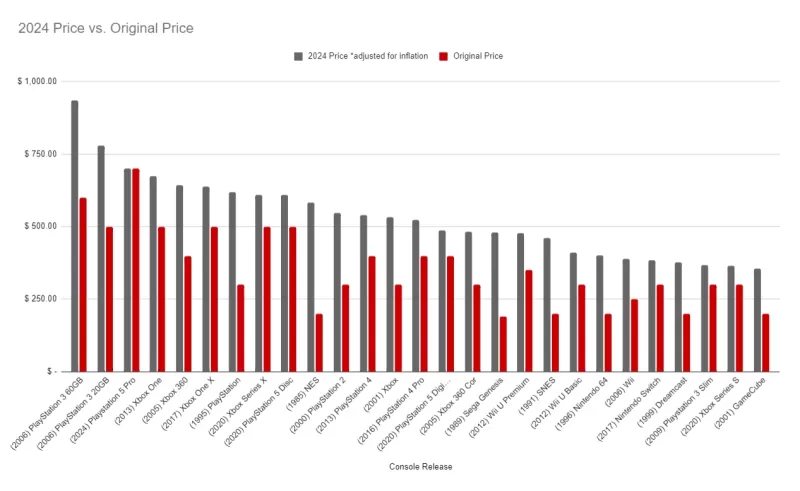
Image credit: IGN
In summary, the Nintendo Switch 2 sits comfortably within the modern console pricing landscape, especially when viewed alongside adjusted historical prices. While its upfront cost may feel steep, it aligns with broader market trends and inflationary realities. Whether it’s worth the investment ultimately depends on your gaming preferences and budget.
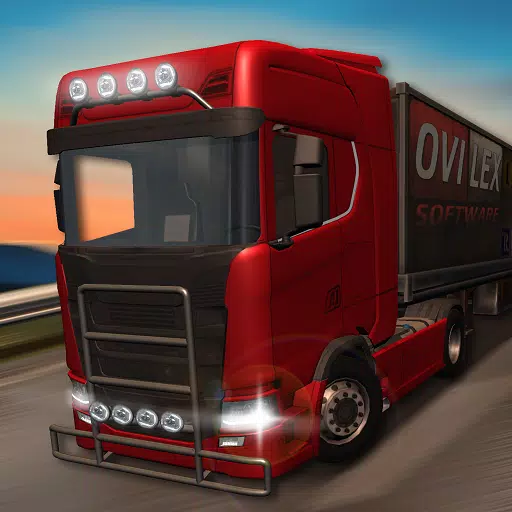

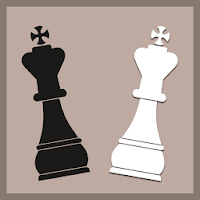





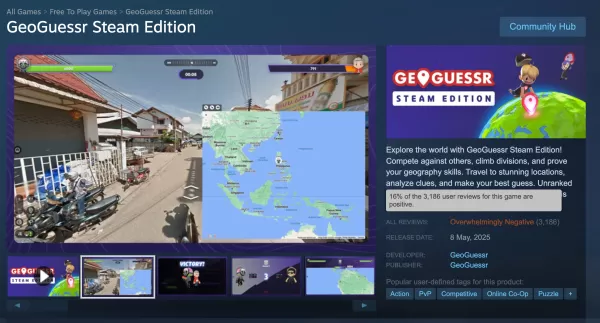

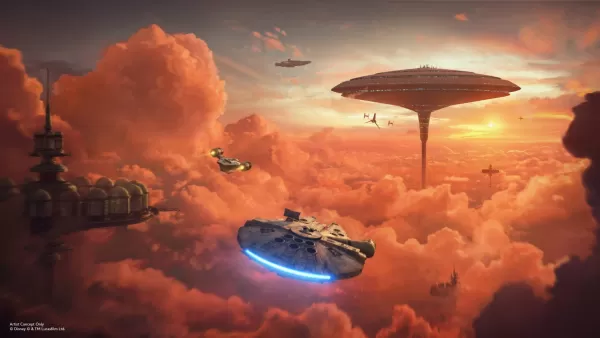
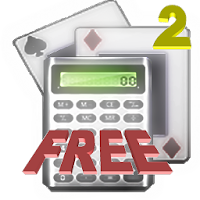


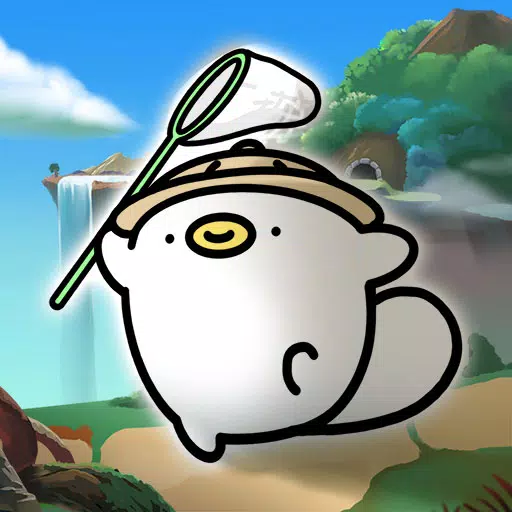
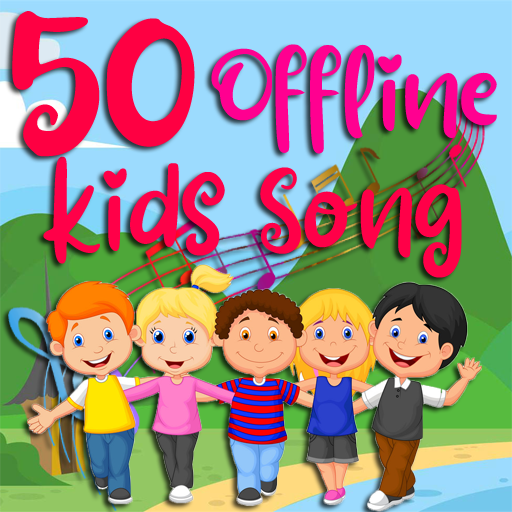



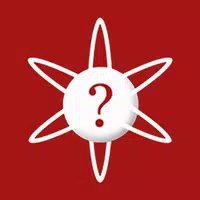

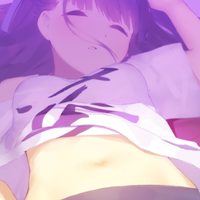


![Salvation in Nightmare [v0.4.4]](https://imgs.21qcq.com/uploads/36/1719555347667e551321c26.jpg)
